Did you know IKEA Australia is celebrating its 40th anniversary in Australia this month? That’s 40 years of helping Australians live a better life at home thanks to its ever-growing range of home furnishing solutions. Iconic Ikea pieces BILLY, LACK, KLIPPAN, FOTO, AND POÄNG are the IKEA Famous Five. Today we take a closer look at these five …
Did you know IKEA Australia is celebrating its 40th anniversary in Australia this month? That’s 40 years of helping Australians live a better life at home thanks to its ever-growing range of home furnishing solutions. Iconic Ikea pieces BILLY, LACK, KLIPPAN, FOTO, AND POÄNG are the IKEA Famous Five.

Today we take a closer look at these five products, how they were created and how they’ve evolved thanks to the IKEA commitment to sustainable and affordable furniture in Australia.
BILLY
It was 1979 when IKEA designer, Gillis Lundgren, wanted to create a bookcase that was discreet, attractive and timeless. Gillis designed a near perfect product, but since IKEA is committed to always making products lighter, cheaper and more sustainable, the BILLY bookcase is now 30% lighter than the original design. It’s also now made of folding solid wood, so it can be folded down to a size that requires only a third of the previous packaging.

IKEA has also made some slight adjustments to the shelf size over the years. In the early 80s, the width was reduced from 90cm to 80cm and then in 2011 a deeper shelf was introduced to accommodate large coffee–table books. In 1975 the BILLY cost $110, today it starts at $39
LACK
Introduced in 1980, LACK has revolutionised furniture construction with the ‘board–on–frame’ technique. This technique involves filling wood-based frames with honeycombed paper, offering the strength of solid wood, minus the cost.
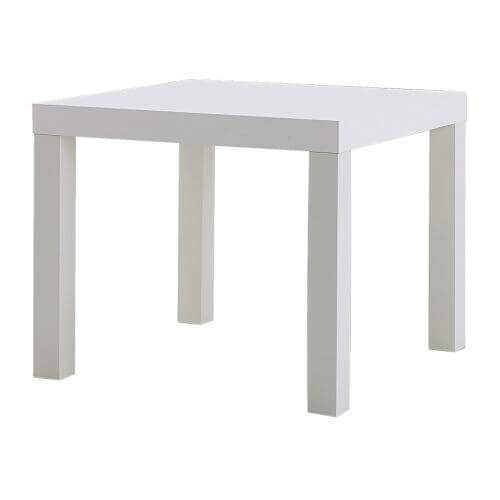
In the 80s, IKEA had already developed an environmentally friendly and cost effective way to produce LACK so it has to this day kept that very same design. However, the original design featured solid wood legs, which isn’t the most efficient raw material, so the legs were eventually changed to plastic, making LACK an even more sustainable product that is still strong, durable and affordable. Priced at $50 in $1975, today the LACK starts at $7.99.
KLIPPAN
The iconic KLIPPAN sofa dates back to the late 1970s when an IKEA product developer and a colleague decided to design a sofa that was child-friendly, affordable and good-looking. In 1980, the round-cornered KLIPPAN was introduced with a choice of two colourful covers, which could be easily removed and machine-washed.

IKEA is always looking for ways to make products more affordable and more sustainable using its Democratic Design process. In fact, just a few years ago IKEA developed the KLIPPAN so the armrests and back can be slotted into the seating base, allowing twice as many sofas to be transported at once. Priced at $595 in 1975, today the KLIPPAN sofa starts at $249.
FOTO
This iconic lamp was designed by Nicholas Cortolezzis and it has been shining bright ever since.
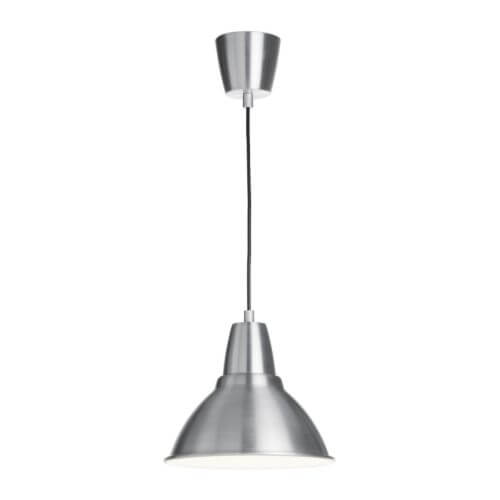
As it was almost impossible to make FOTO any better, instead, IKEA focused on improving the packaging and by 1997 they were able to get six times more on a pallet; reducing carbon emissions during transportation. In 1975 it was priced at $49, today is retails from $29.
POÄNG
Introduced in 1977 by Japanese designer Noboru Nakamura, POÄNG was originally called the ‘POEM’ chair. Noboru wanted to create a comfortable, durable and attractive chair that could be sold at a low price – an armchair for life.
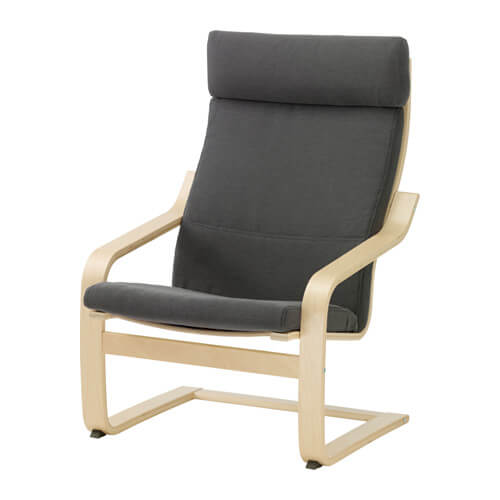
In 1992 some small adjustments were made resulting in three different frame options and several removable, washable covers, as well as hard–wearing leather. So with some minor amends and a name change, POÄNG as we know and love it today was born. Today the POÄNG retails from $189 and in 1975 it would have cost $299.
Do you have any of these goodies in your home?
♥︎ KC.
Be the first to read my stories
Get Inspired by the World of Interior Design
Thank you for subscribing to the newsletter.
Oops. Something went wrong. Please try again later.
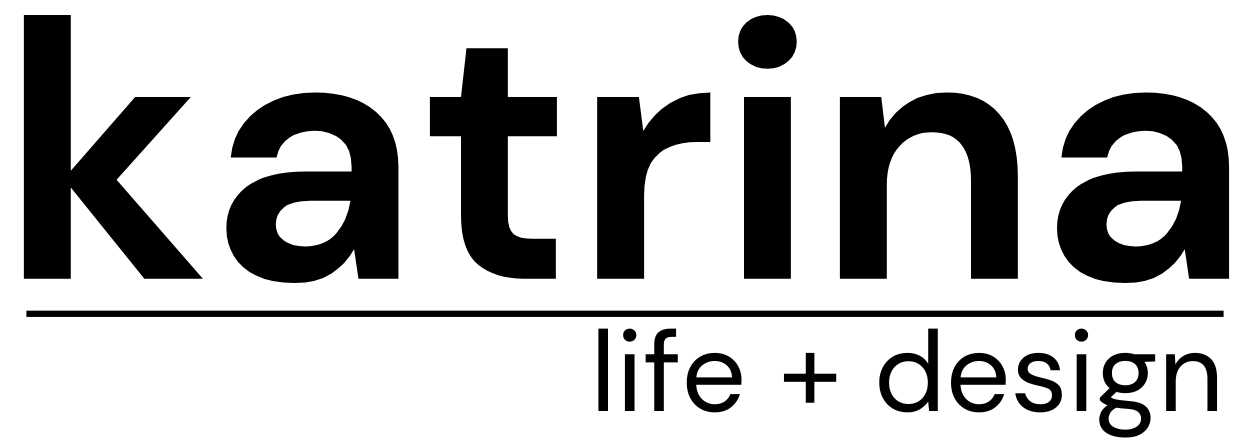



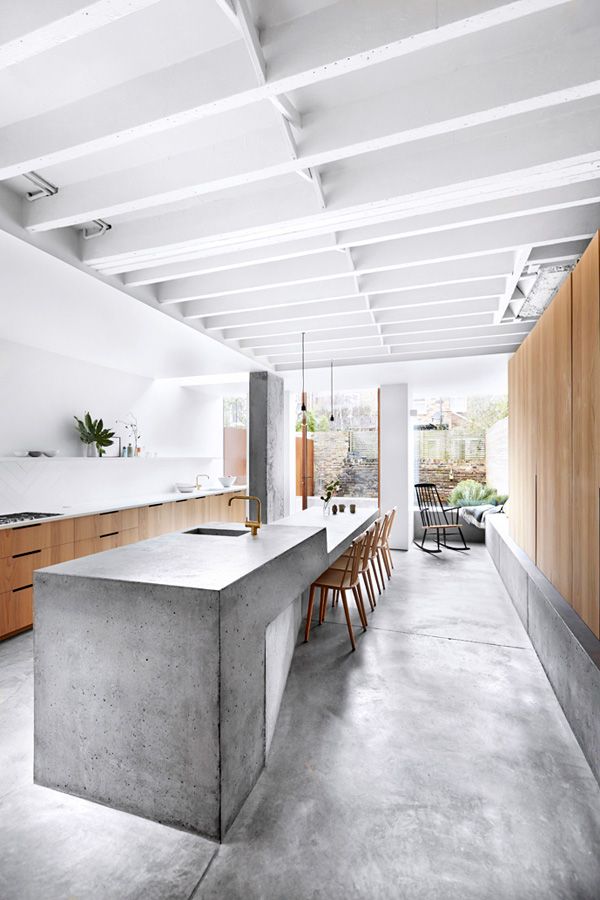
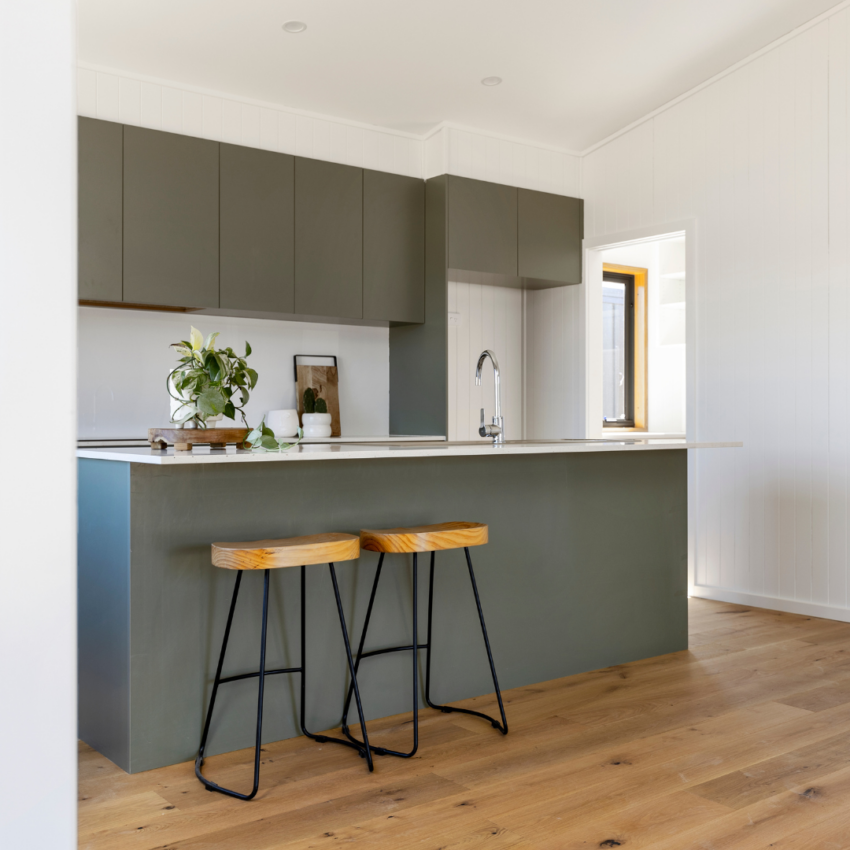

Comments
Kylee Brodrick
Yep, Lack and a whole library wall made of Billys. I really thought the Expedit would have made it into the famous five.
Rhonda Willits McGrath
Veronica Amy McGrath
Kate Kate Kate
My house is filled to the brim with ikea goods, but I only have 2 of the famous 5.